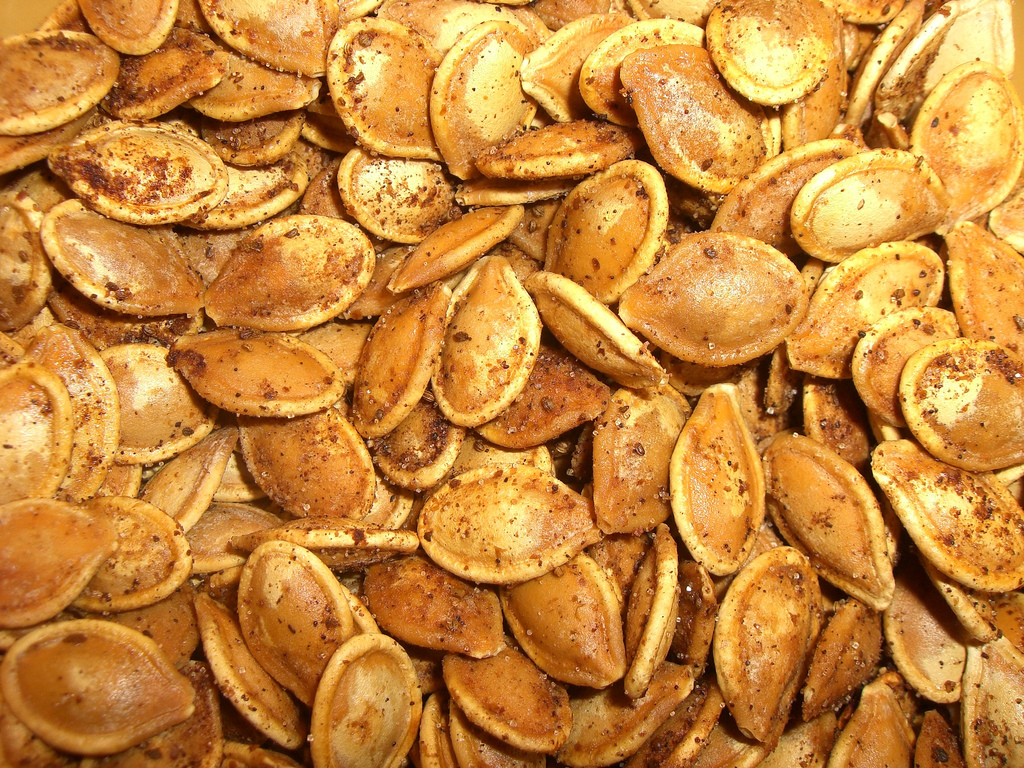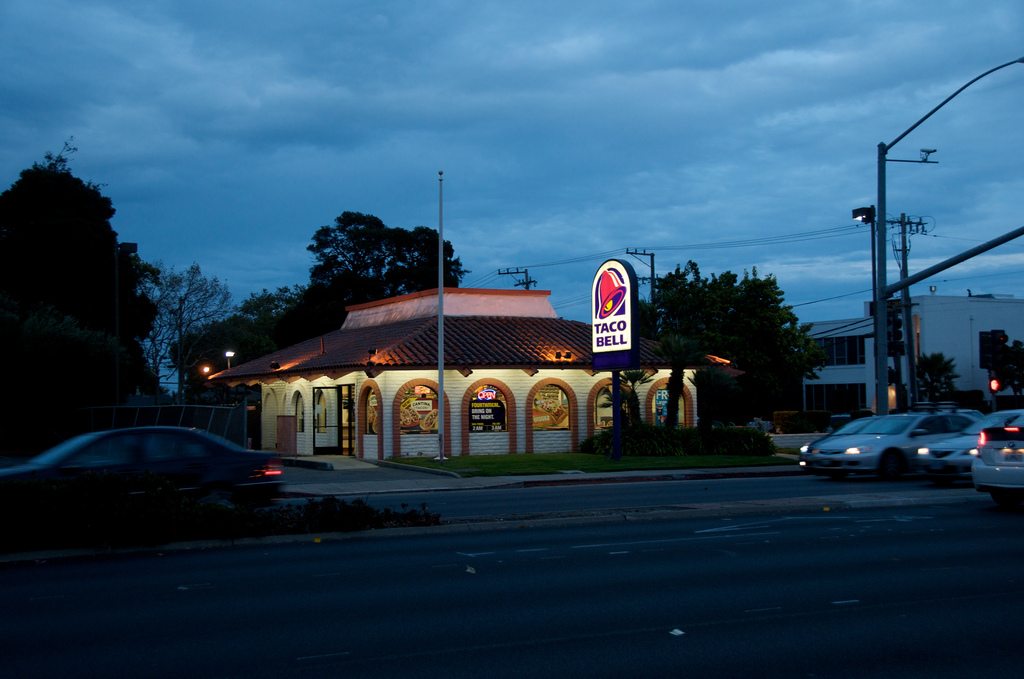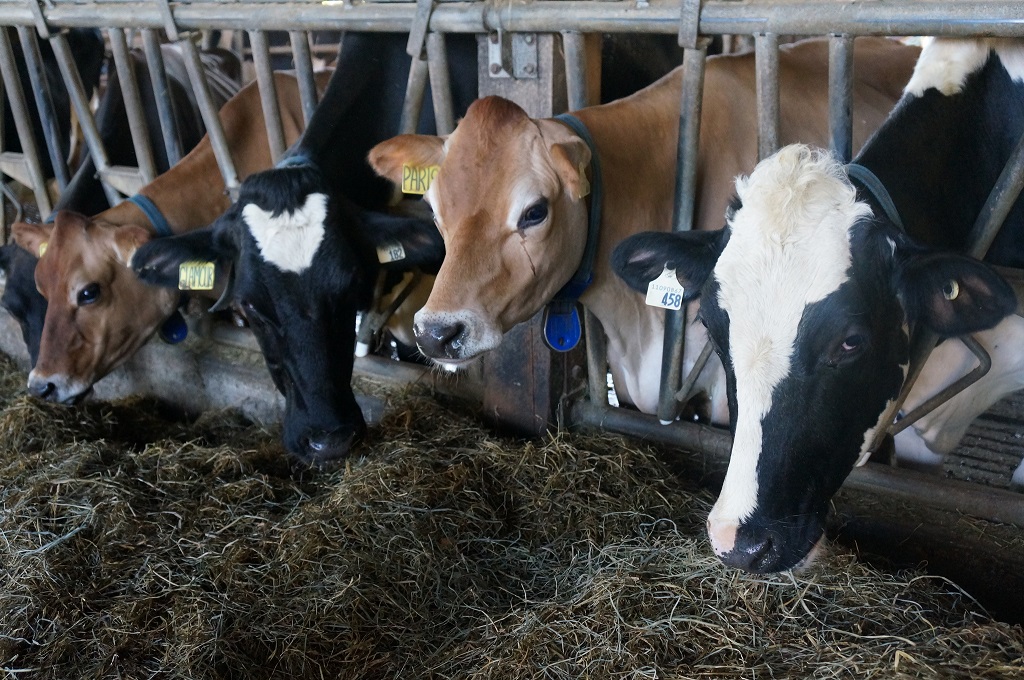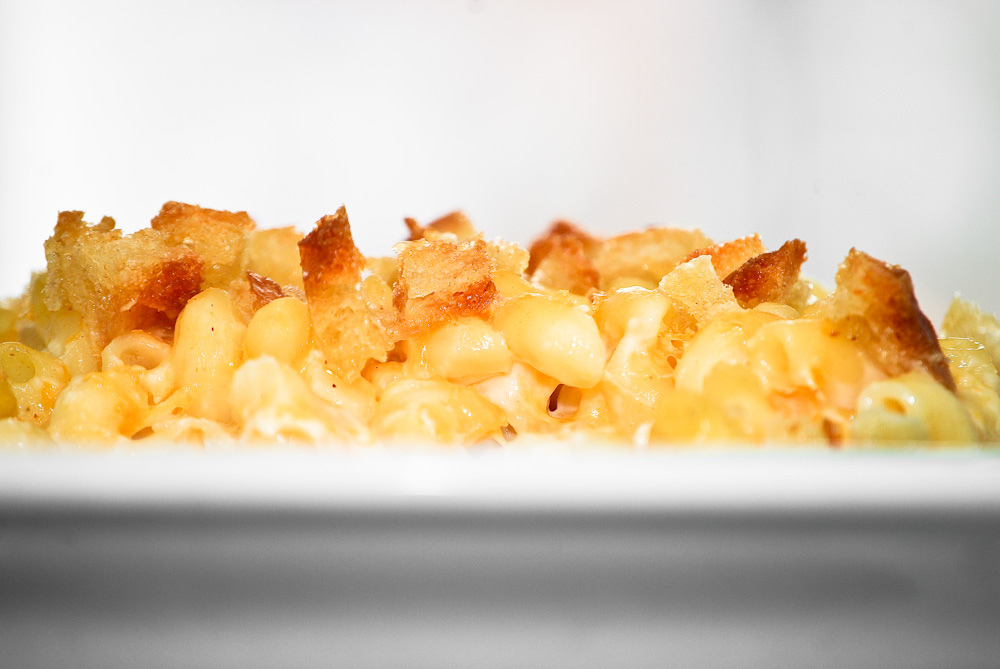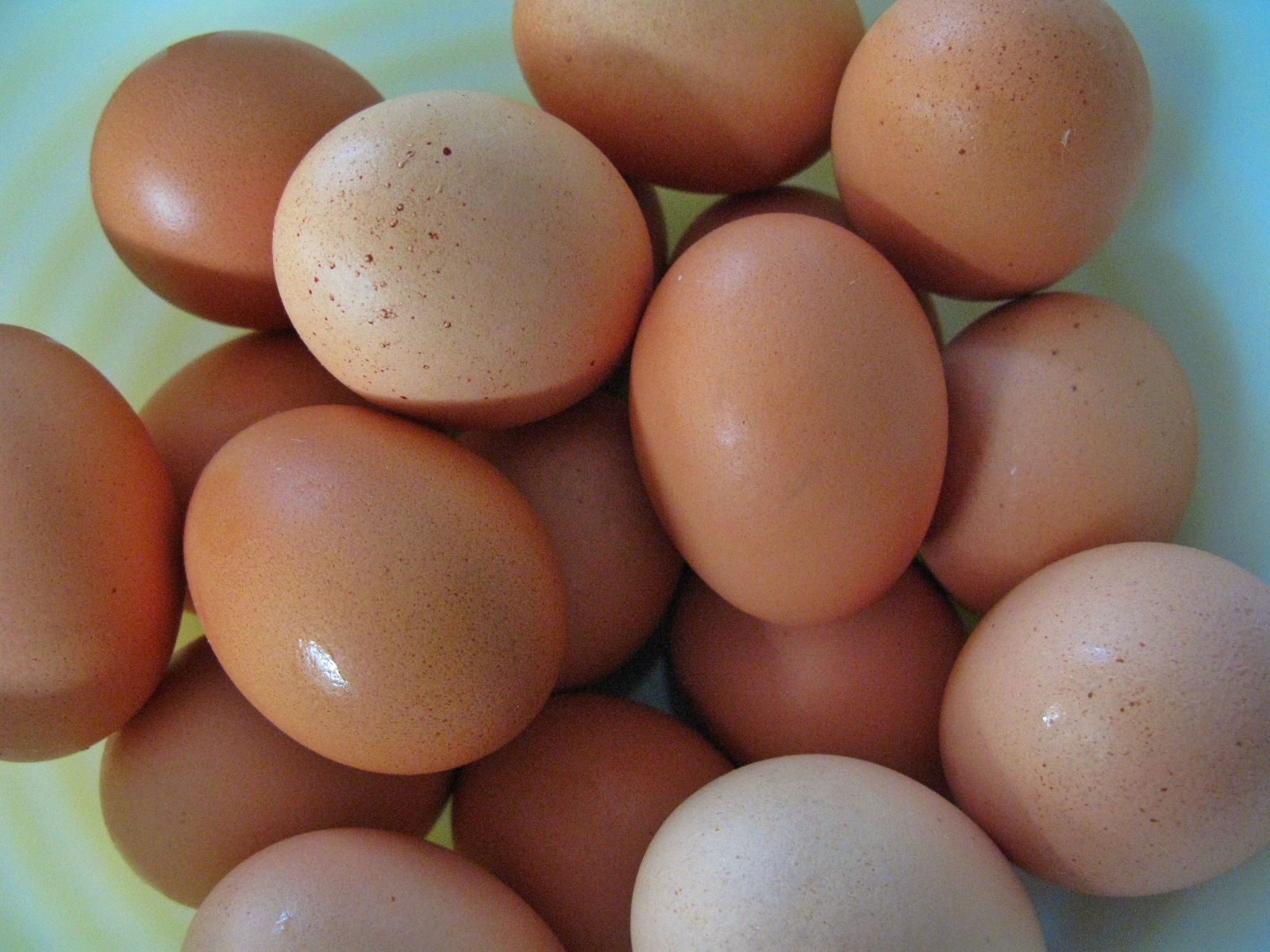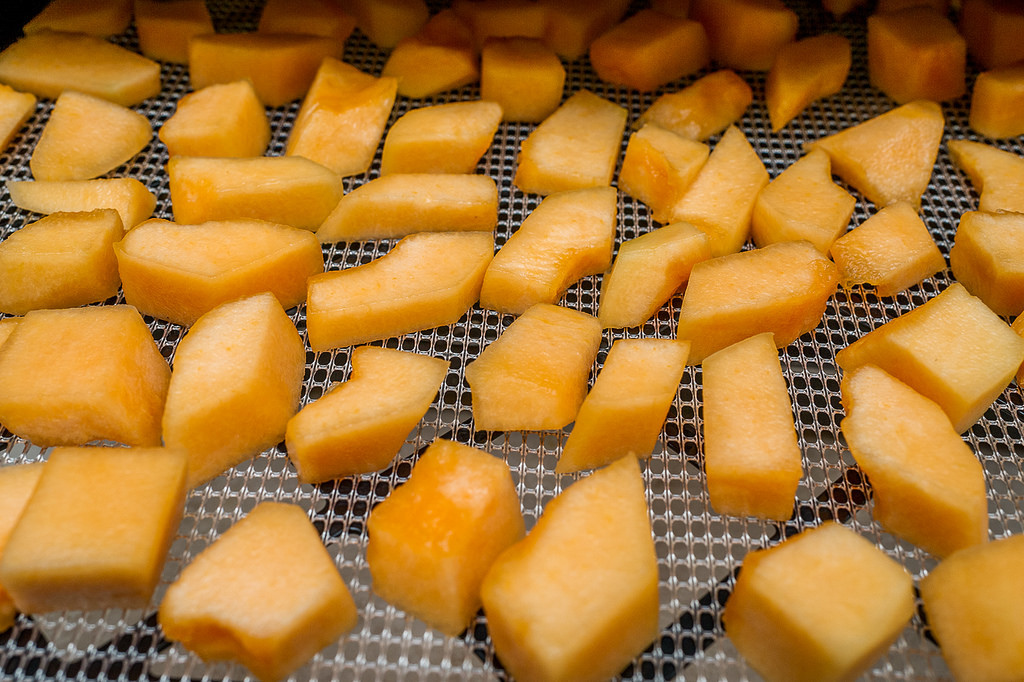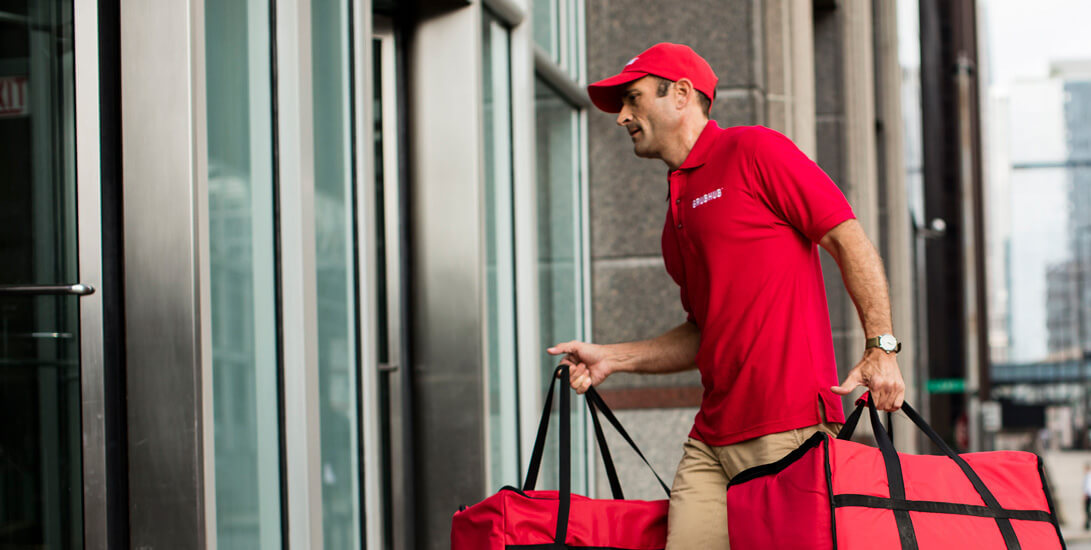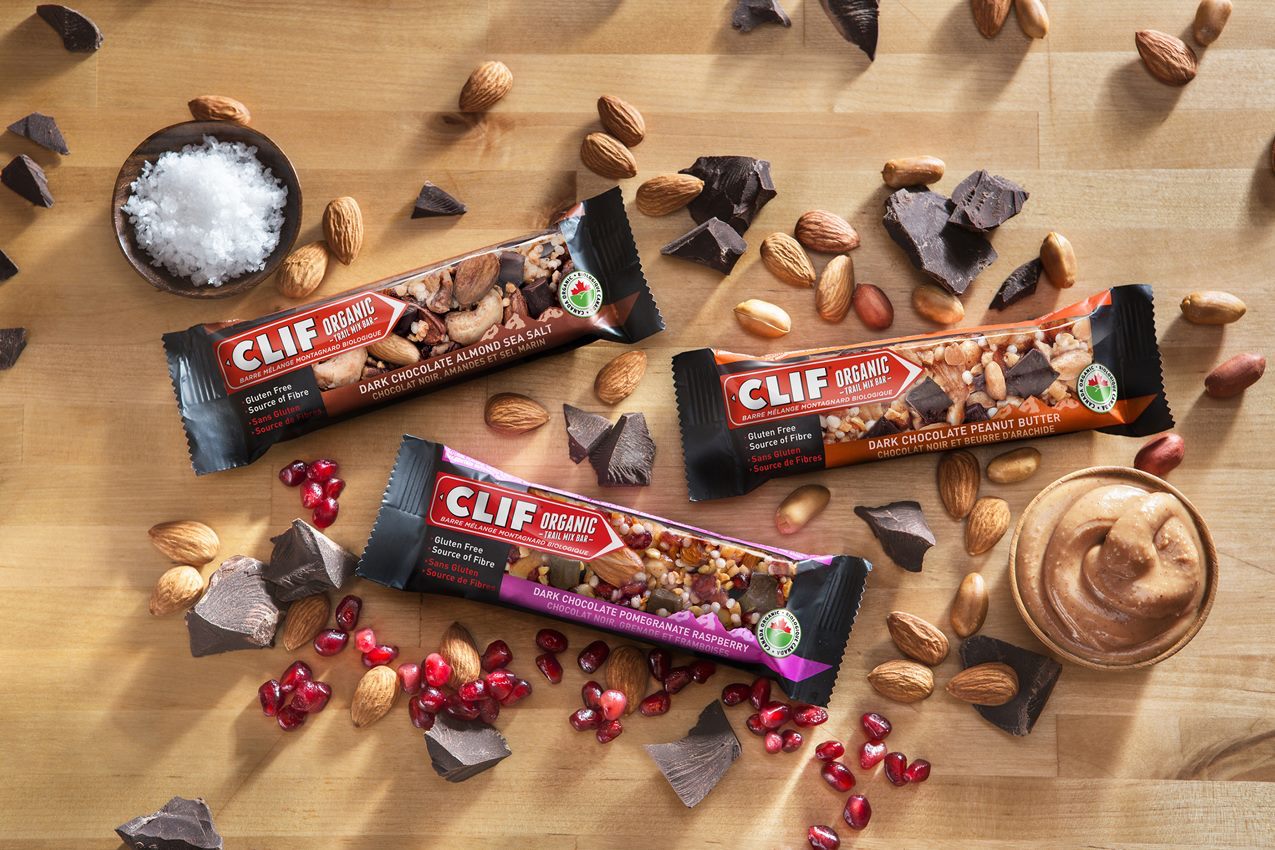This is the web version of a list we publish twice-weekly in our newsletter. It comprises the most noteworthy food stories of the moment, selected by our editors. Get it first here.
Seed money. Quick, what do these three things have in common: sunflower seeds, Taco Bell, and drones? If you said absolutely nothing, you’re incorrect. The common thread there is—you guessed it—marketing. In the topsy-turvy, these-things-don’t-go-together world of food marketing, no brand collaboration is off limits, no common thread too bare. (Cheetos’ spring fashion line, we’re talking to you!) To wit, as Marketing Dive reports, Bigs Seeds is partnering with the big Bell on a new flavor for its tender little kernels: Taco Supreme. Now, that fusion makes all the sense: salt, snacks, strong appeal to Gen Z. But see if you can make heads or tails of the tangential drone fleet storyline in its commercial. We’ll just be here, poppin’ mad seedz while we wait…
Between a fruit and a hard place. Ever tried to will a rigid avocado or impenetrable pear into ripening before it’s ready? Always takes days longer than you’ve got. And, yeah, tried that brown paper bag trick. Doesn’t work on bananas. So, what’re we supposed to do with our most unyielding produce? Dave McCowan from the University of Chicago’s Department of Physics has some advice on how best to play god with fruit (really, that’s the actual headline) in this nifty tutorial for The Takeout. Not gonna … ahem … spoil the ending, but turns out that produce, like misery, truly loves company.
Substandard. Subway, the world’s biggest food chain, has learned a little something: Size isn’t everything. What? Stop! We meant the size of your chain. As Bloomberg reports, Subway has announced it plans to close 500 of its U.S. shops this year. That’s on top of the 800 it closed in 2017. The 50-year-old sandwich seller’s CEO, Suzanne Greco, told Bloomberg that in the past, the company focused too much on total restaurant count. Now, she said, it’s turning its attention to making sure they’re in the best locations. And by that she means not in this country.
Lording over. Farmers have been renting land since Reconstruction. But what’s changing is who they’re renting from. The Midwest Center for Investigative Reporting finds that 40 percent of farm landlords have never actually farmed, with even higher counts in Iowa and Illinois. In some cases, that’s because the land has been passed down through generations to descendants who’ve never lived near the land. But, as we’ve reported, American farmland is increasingly owned by real estate investment trusts, pension funds, and investment banks, with as much as 25 million acres—or 2 percent of our national total of 930,000,000 acres—in foreign hands.
Decolonizing dinner. Indigenous chefs are sharing “pre-Contact” recipes with the help of the world wide web, and in doing so, revitalizing culinary traditions, Kim Baca reports for High Country News. “Pre-Contact” refers to the period before Indigenous people encountered colonizing forces from Europe, before Native Americans were forced onto reservations and into residential schools. Not only has the internet helped to rebuild cultural ties within Native communities, but it also gives youth the chance to promote food sovereignty programs and eat healthier. Acorn soup’s on!
MSG 101. Another day, another MSG debunker, this time by Anna Maria Barry-Jester for FiveThirtyEight. Basically, if you’re getting headaches after wolfing down Chinese takeout, they might be, figuratively speaking, all in your head. MSG is the crystalized form of monosodium glutamate, which is a salt that can be extracted from a wide range of foods, including tomatoes and cheeses. How it got its sickly reputation is very much the result of a pinch of unfounded fear of chemical additives, and a sprinkling of stigma against Asian cuisine, Barry-Jester writes. In other words: It’s not MSG, it’s you.
